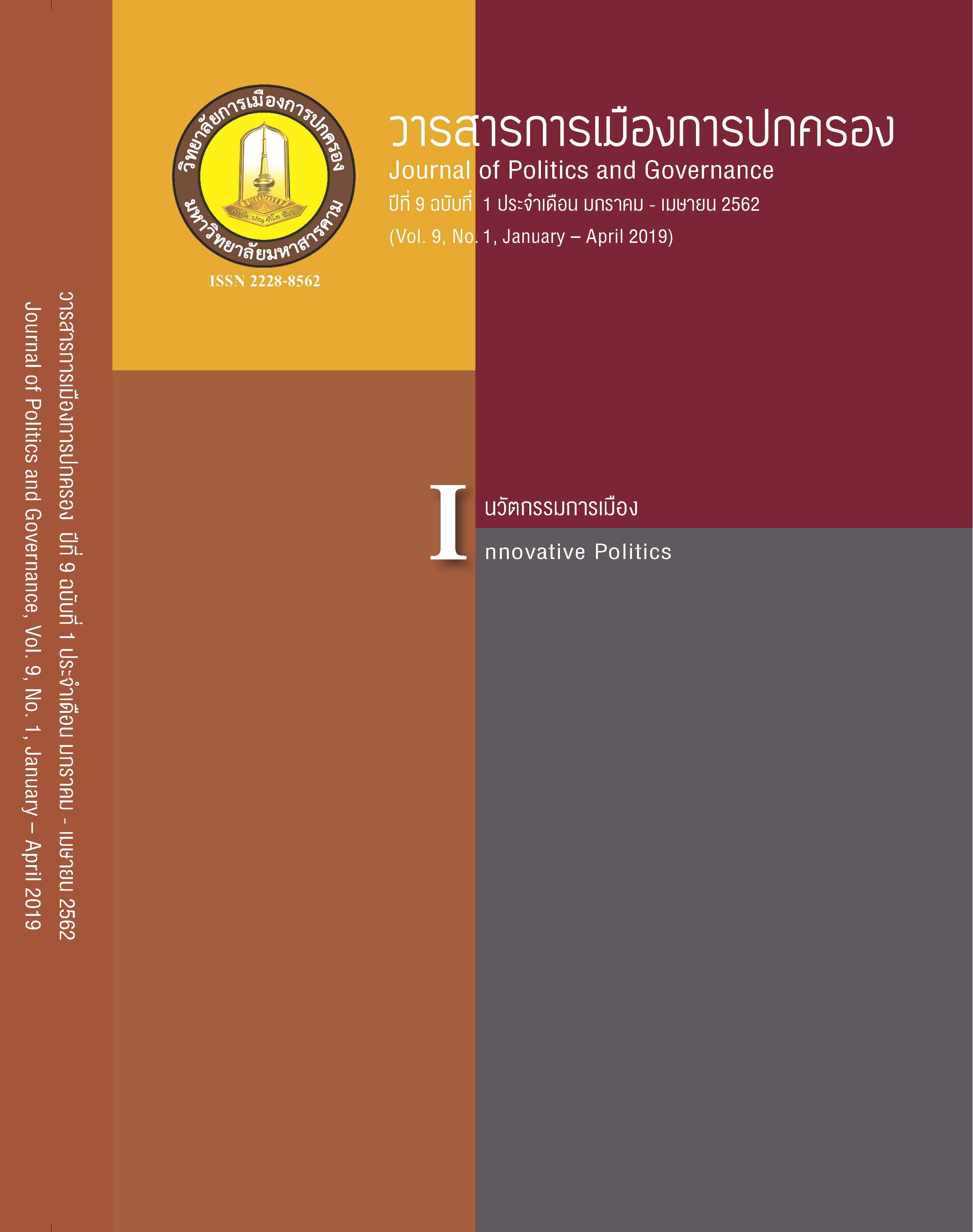Crime Process in Accordance with Buddhadhamma
Main Article Content
Abstract
The main purpose of this research was Crime Process in Accordance with Buddhadhamma that aimed to the objective, was to get the crime patterns and crime prevention, according to the Buddhist Tripitaka. This Research Integrated (Mixed Methods Research), which studied the Qualitative Research, with in-depth interviewed with key informants, the total number of 25 people. For quantitative research questionnaire was used to collect data. Prisoner’s men were detained in the offense to life and person and offenses against property in the Central Prison, 9, of the total 395 statistical methods used to analyze data were percentage, mean, standard deviation. T test Analysis, ANOVA and pairwise comparison coupled with Scheffe'. The research found that Results of the research showed that the luminaries. The causes of crime in terms of morality. The reasons were internal, including the Ayonisomanasikara Akuslmol 3(The cause of Evil 3 points).and Anusai 7 (Evils that lurk hidden sweatshops in the Wills 7 points).and caused by external or Bad- Paratoghosa, (A sound knowledge told by others. Stimulation or influence from outside parties, which is not good), including crime Papamitta (opposite the wicked), and in a bad environment. Which in Buddhism was called “Patirupadesavasa”. Quantitative Research the social factors And the physical environment and the inmates as respondents were the opinions, were moderate, and considering factors as well as the top three levels of the reviews on the causal factors of the offense in the middle level was the first one. The social factors, followed by psychosocial factors. The Second was physical or environmental factors. This hypothesis found that the offense of carnal (craving for forms) Endeavor (Vainglory) Award (The offense) presented millionaires was different. When classified by the offender male’s age difference was found in overall difference significant at the 0.05 level, and considering it was found that psychosocial factors, and physical or environmental factors Differs significantly. The social factors, there was no difference if the level was different, both overall and in the field. There were different Significant at 0.05 if the family of origin differently, both overall and in the field. Psychosocial factors the social factors and physical and environmental factors. There were different Significant at 0.05 if convicted of the offense differ. Both overall And aspects of Psychosocial factors the social factors and physical and environmental factors. Psychosocial factors the social factors and physical and environmental factors. There were different Significant at 0.05.
Article Details
References
นิศากร อุบลสุวรรณ.(2557). การกระทำผิดซ้ำคดียาเสพติดของผู้ต้องขังเรือนจำกลางนครศรีธรรมราช. วิทยานิพนธ์ศิลปศาสตร์มหาบัณฑิต สาขาวิชาพัฒนามนุษย์และสังคม มหาวิทยาลัยสงขลา นครินทร์.
อัณณพ ชูบำรุง. (2540). อาชญาวิทยาแนวพุทธ (พิมพ์ครั้งที่ 1). กรุงเทพฯ : โรงพิมพ์ชุมนุมสหกรณ์การเกษตรแห่งประเทศไทย.
Mannheim, Hermann. (1973). Comparative Criminology, Vol 1. London : Routledge & Kegan Paul.


